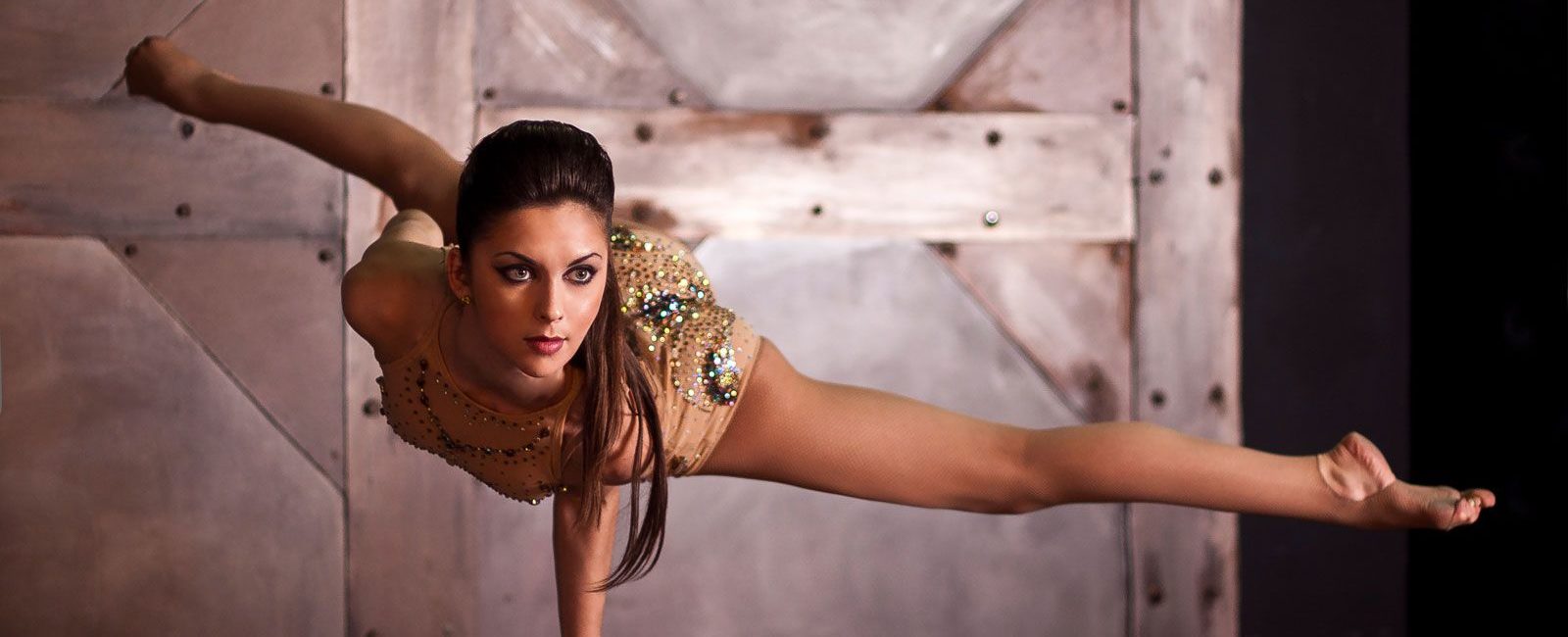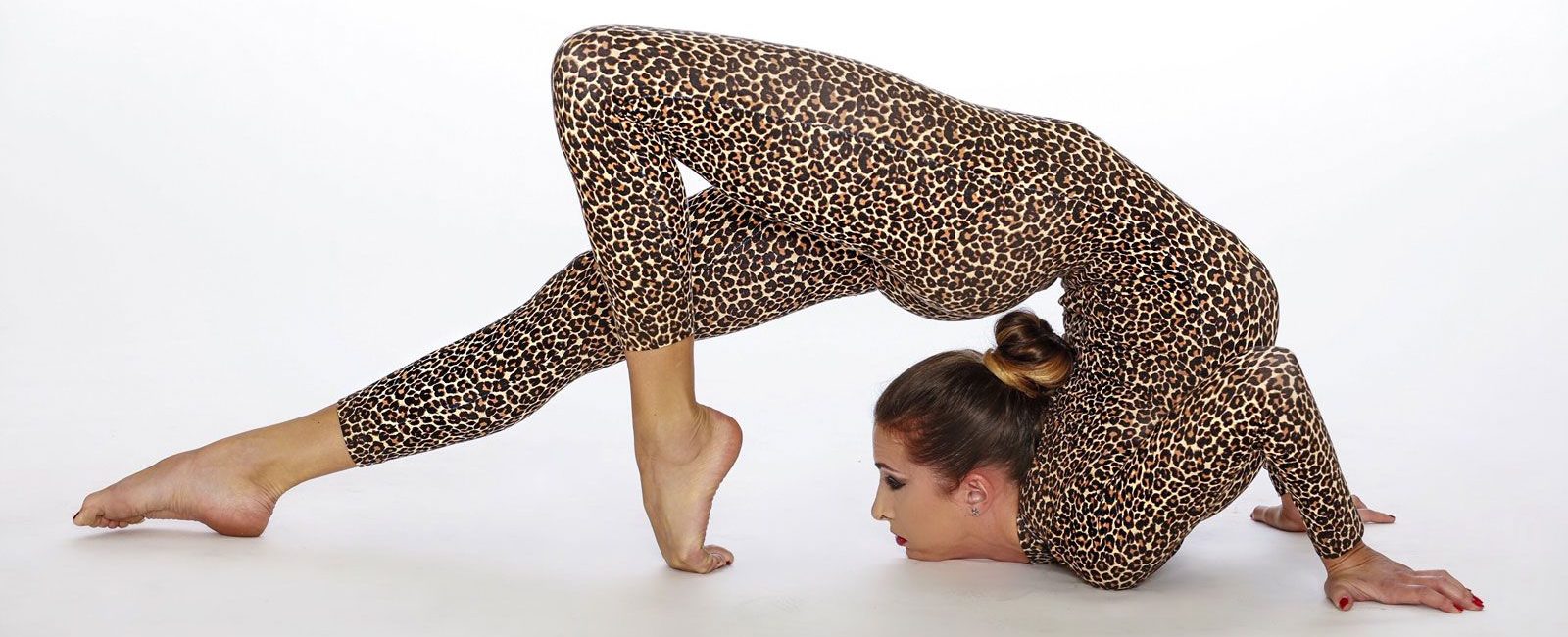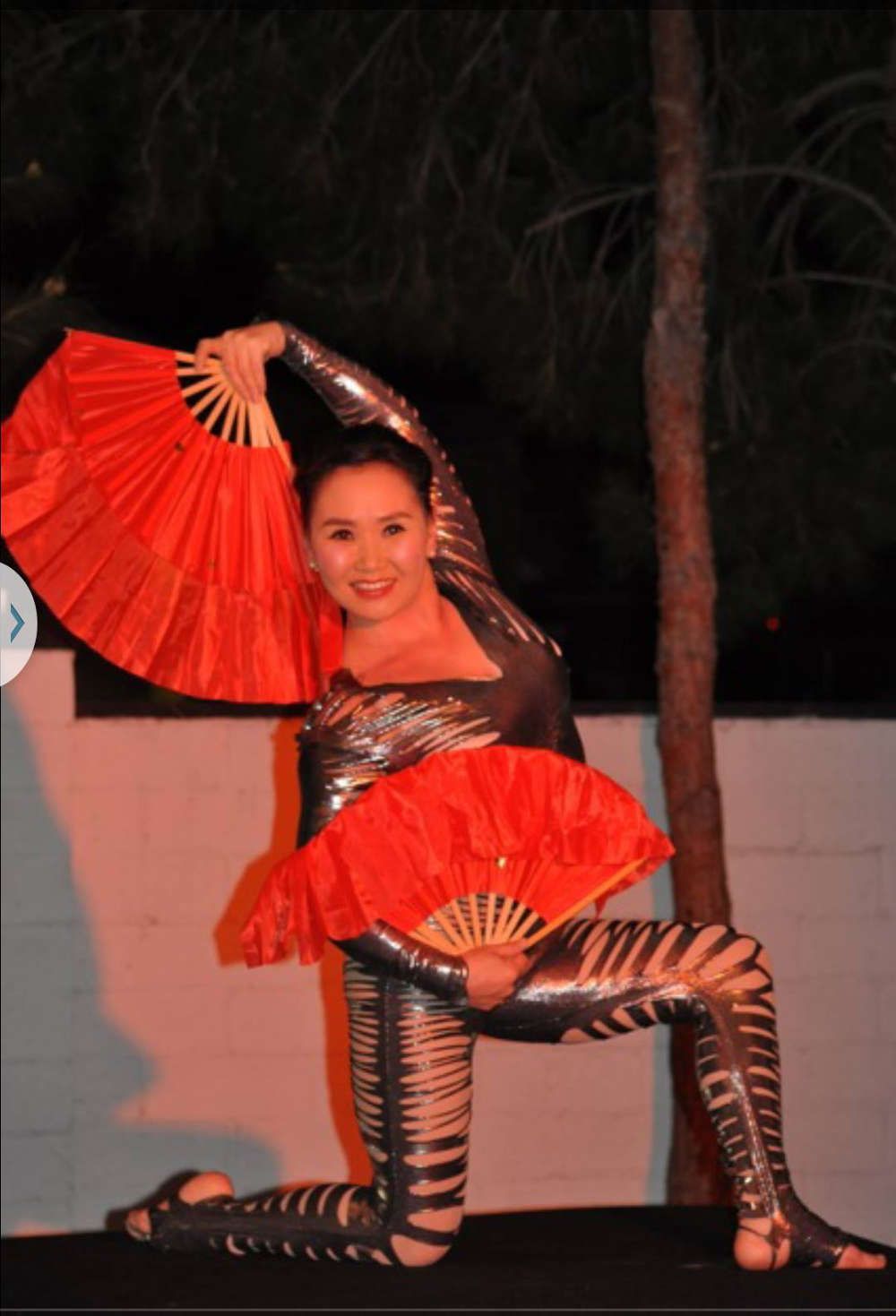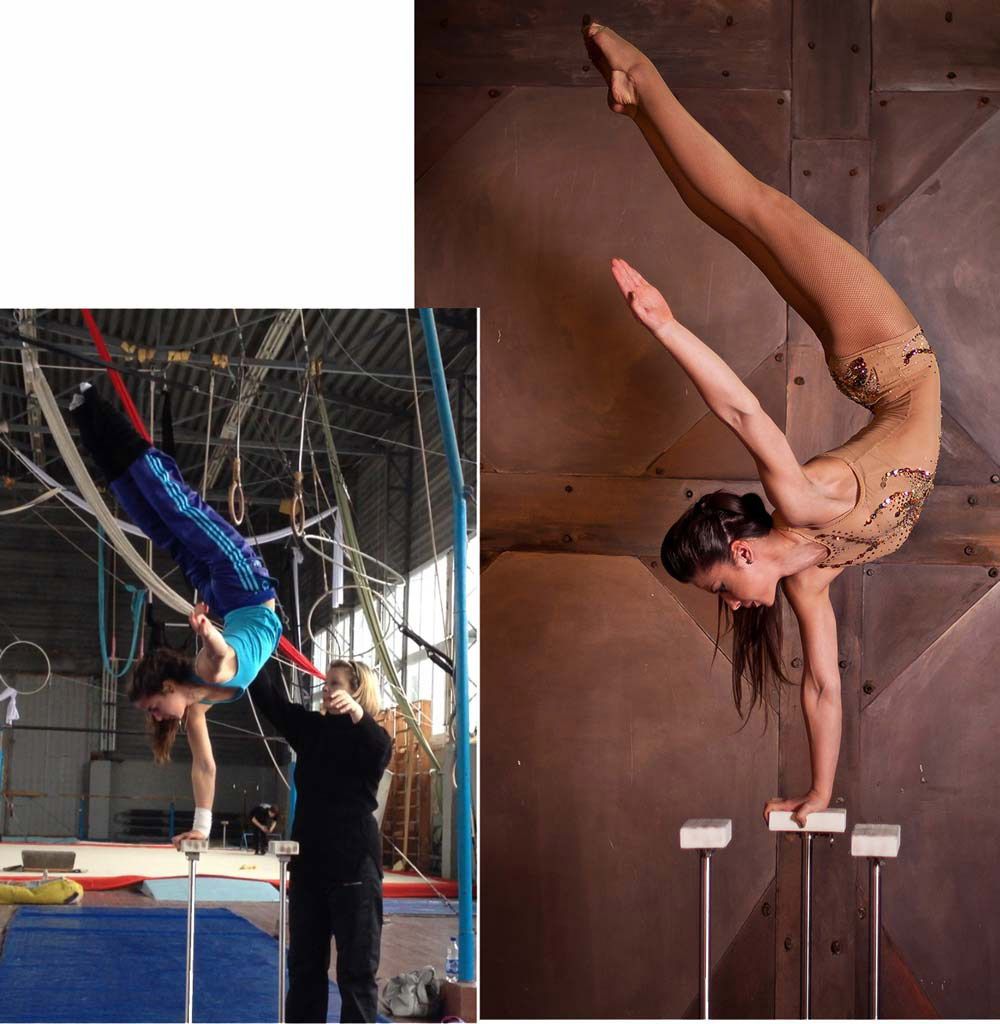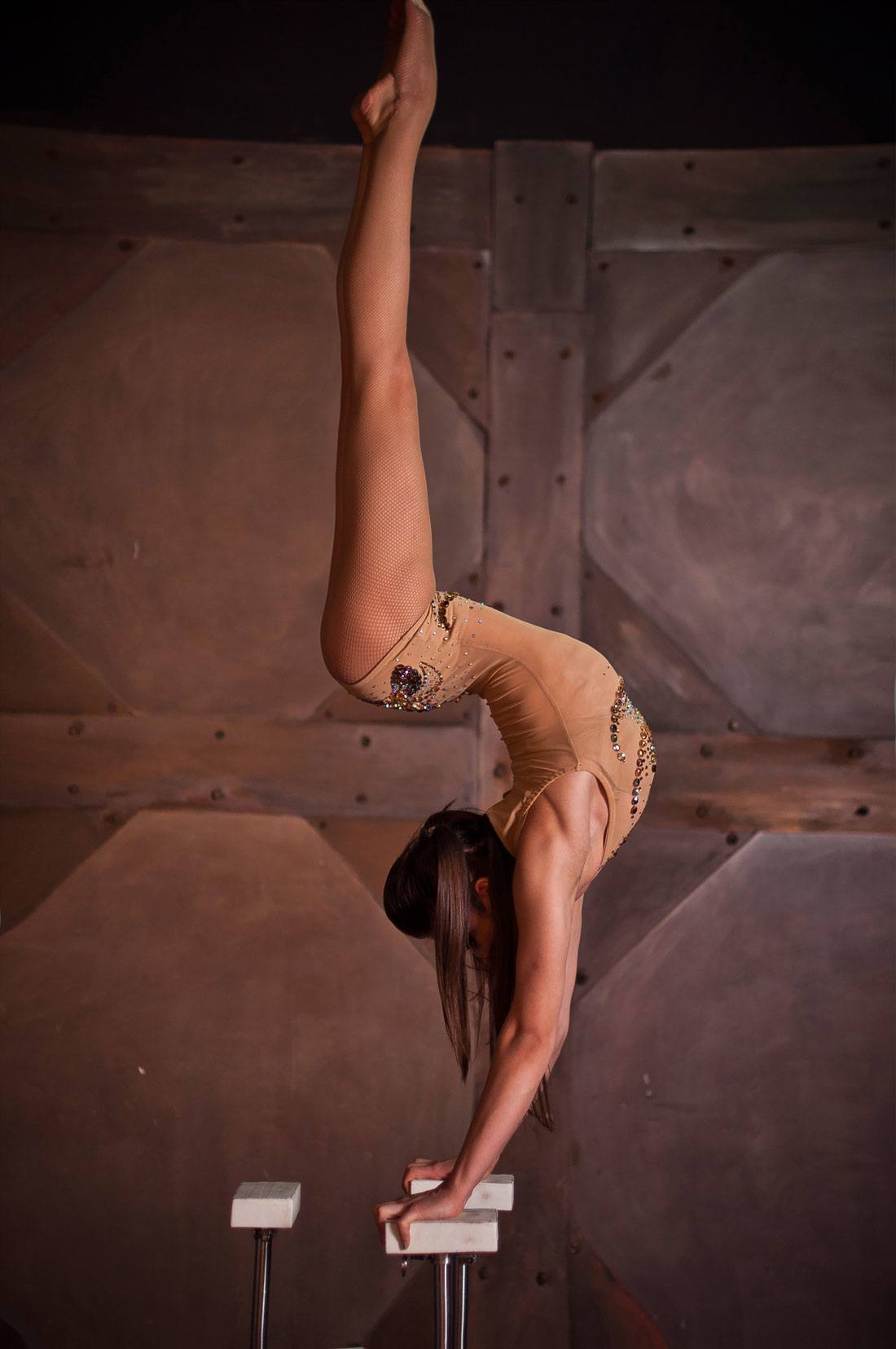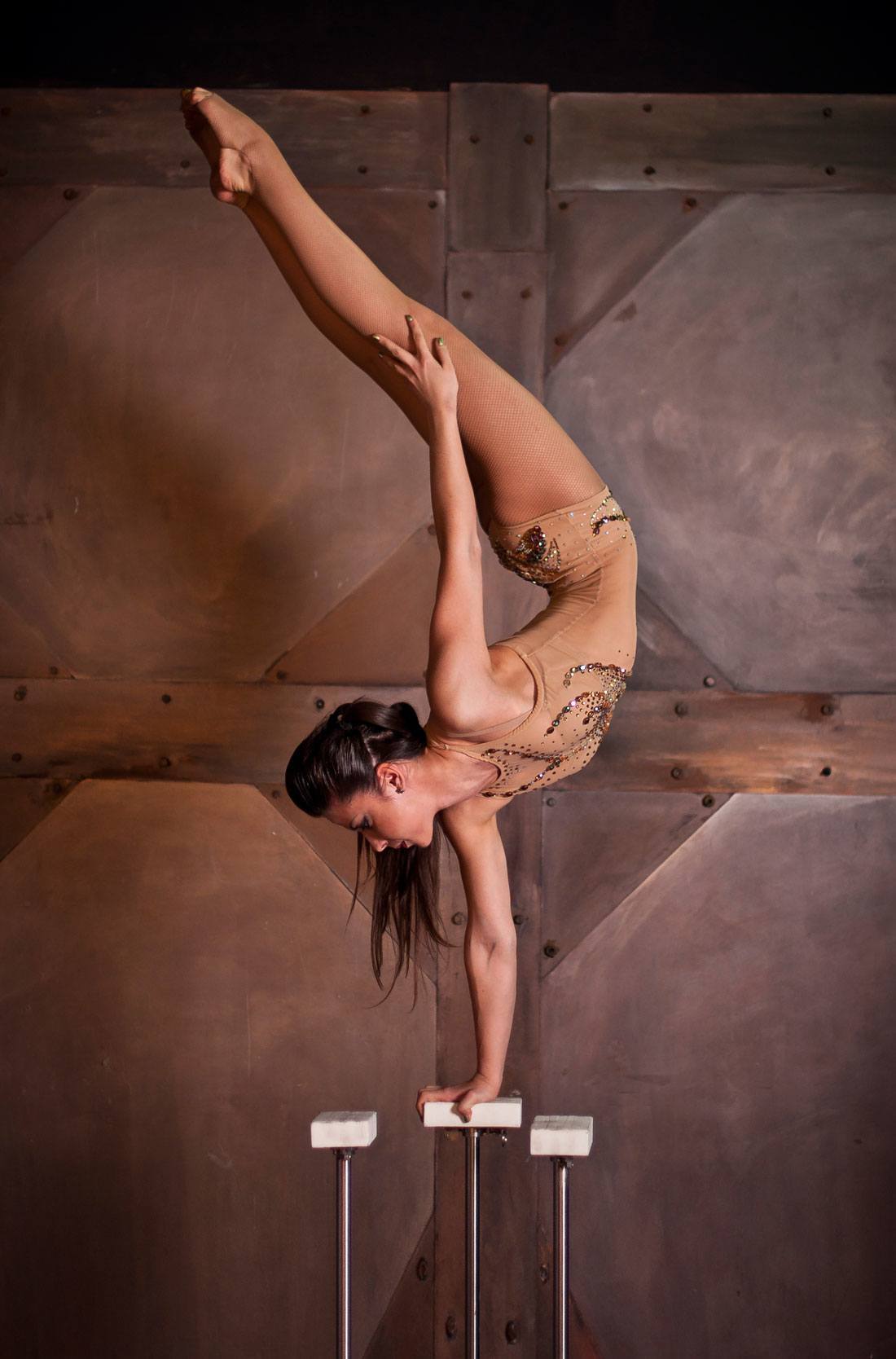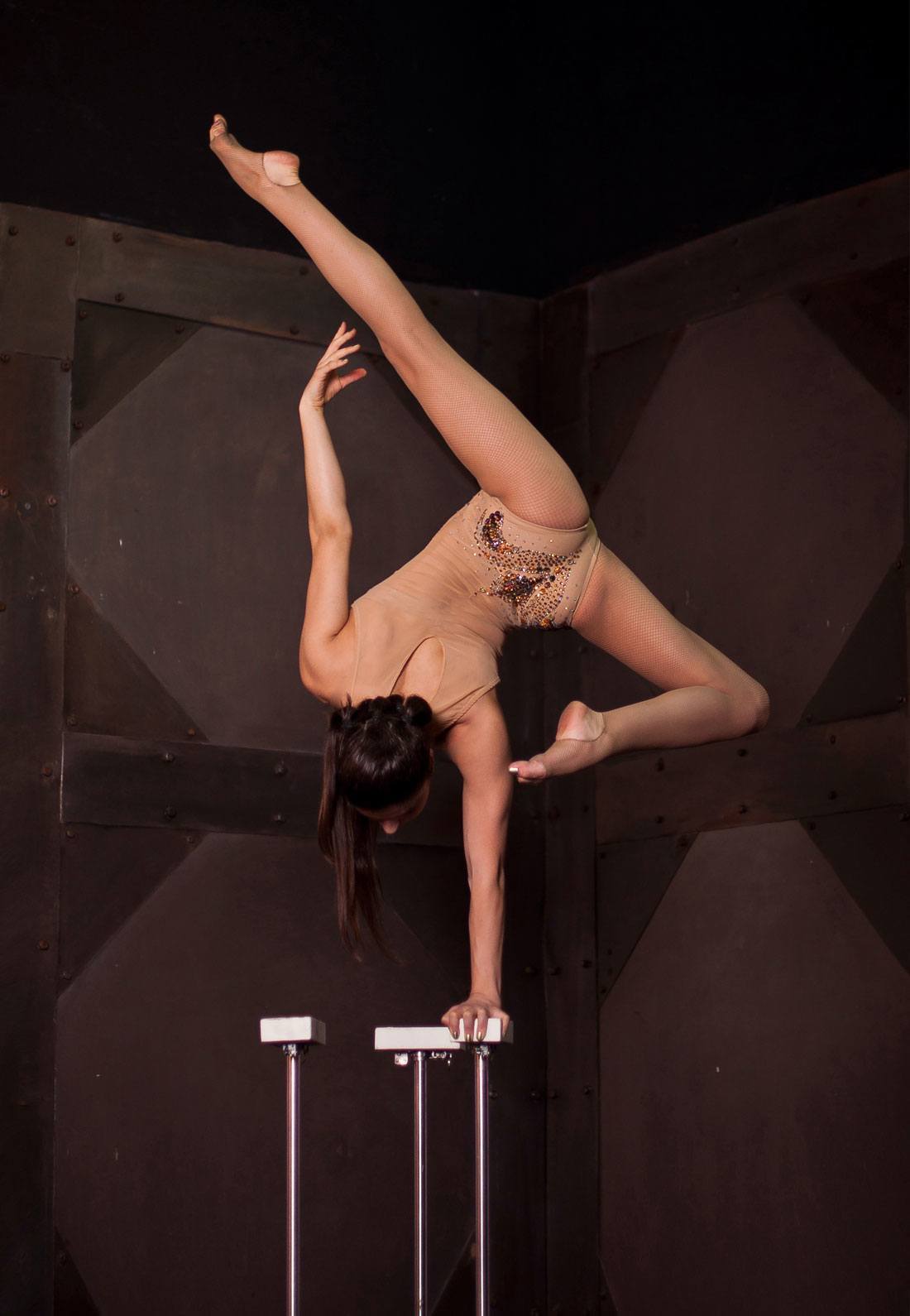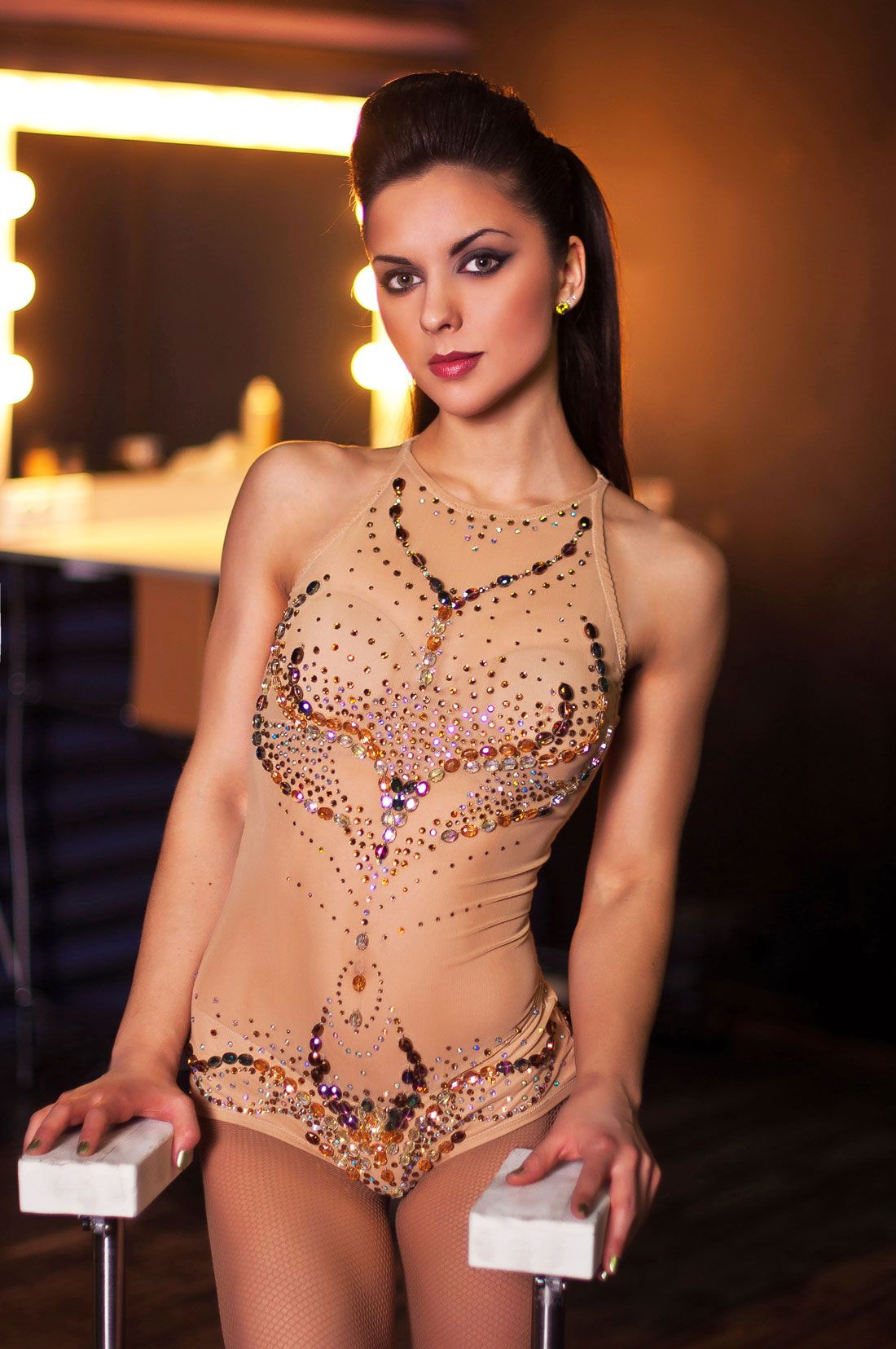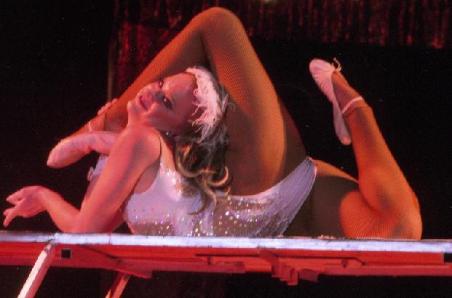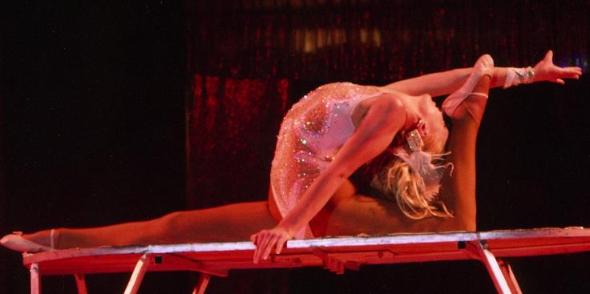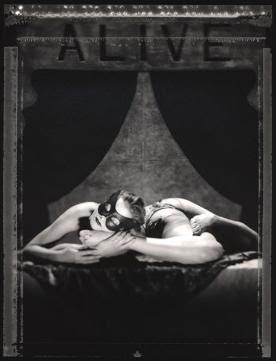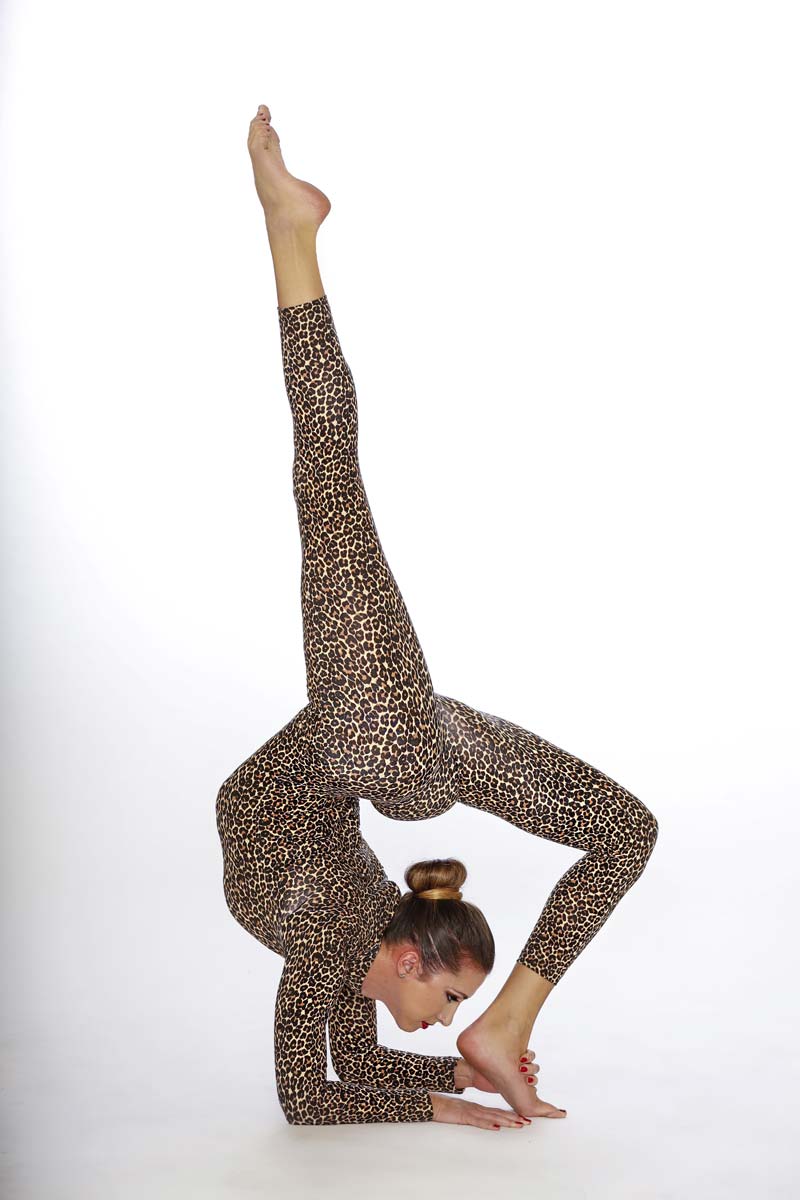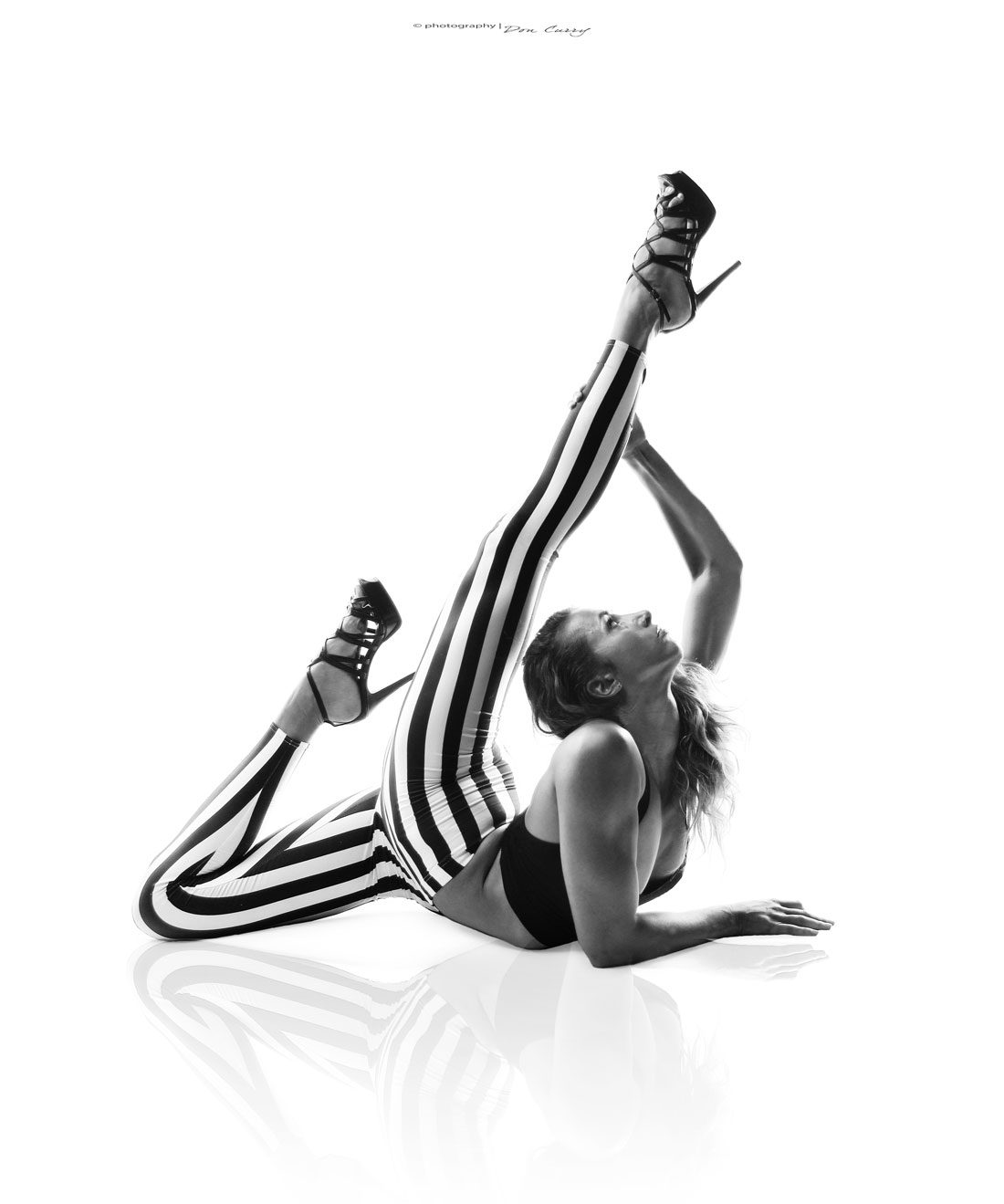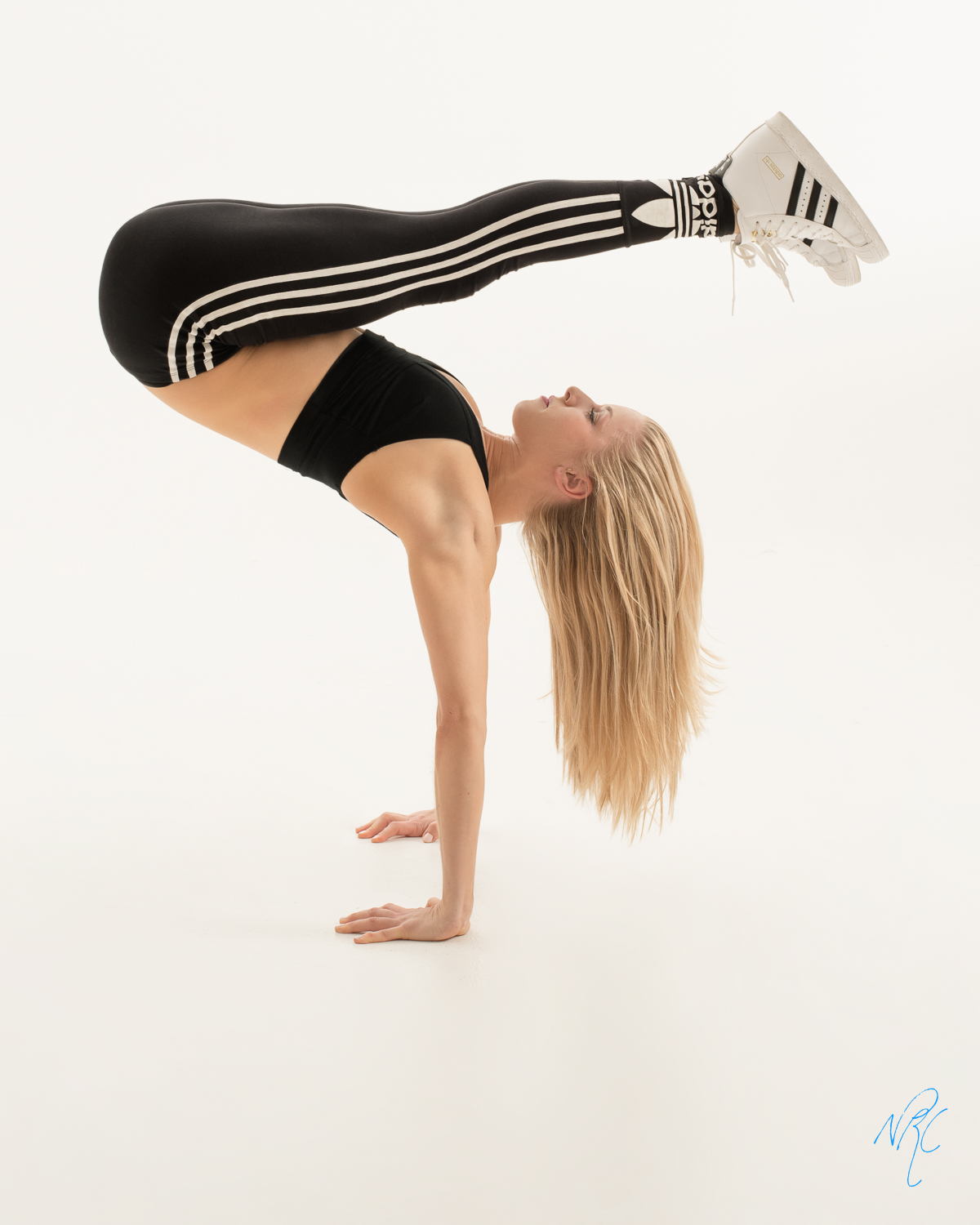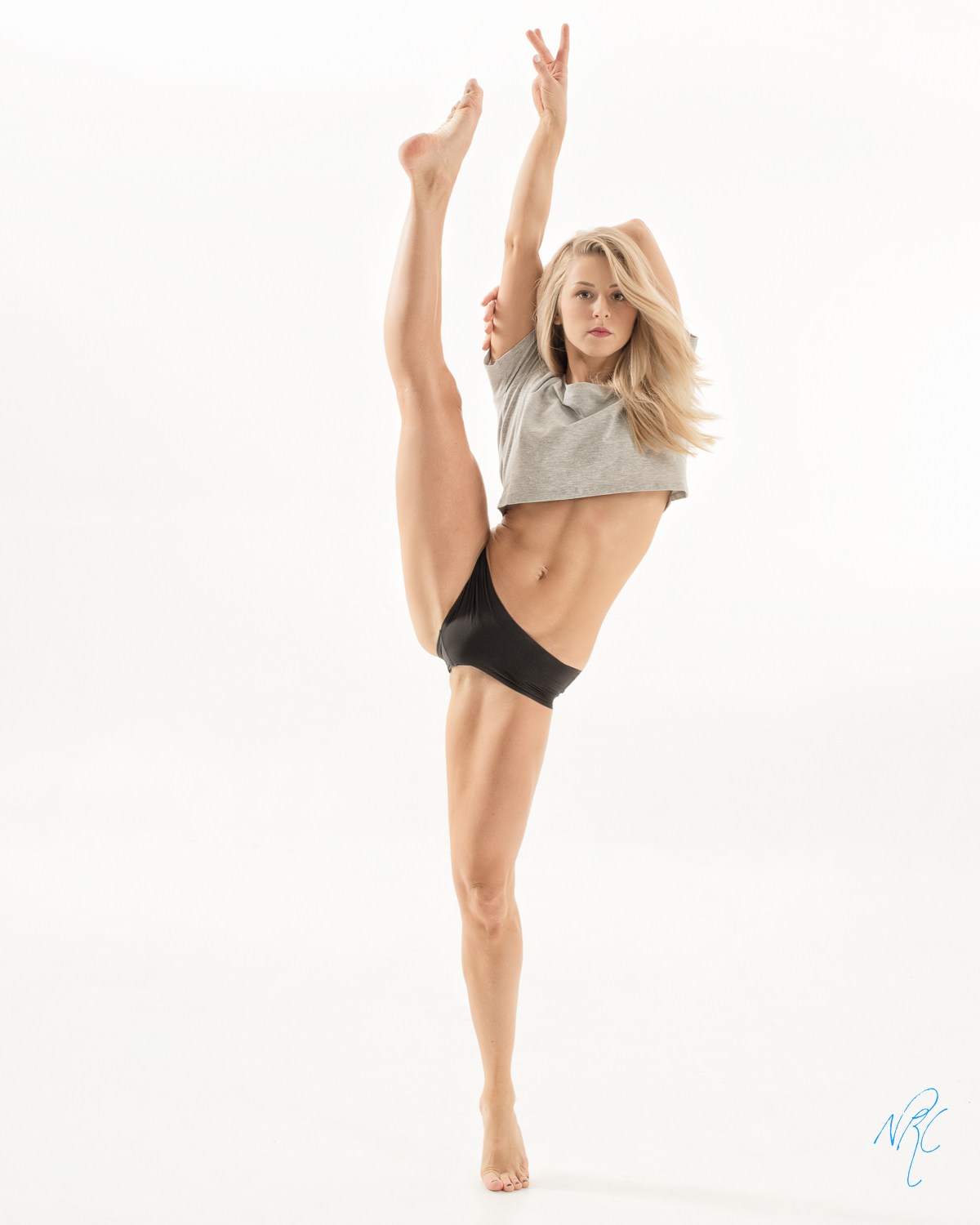Otgo Waller is a professional contortionist as well as the creator and owner of Flexible Body Art LLC technique and school. Otgo grew up in the shadow of the holy mountain Bogd Uul near the Mongolian capital city of Ulaanbaatar. When Otgo was 7 years old she dreamed of becoming a contortionist, and by 13 years old Otgo was one of the best contortionists in the world. In 1980, Otgo graduated from the Mongolian State Circus, specializing in Contortion Art. She also appeared on Mongolia’s postage stamp as one of the most prestigious contortionists in Mongolia. In 1991, the Ringling Brothers & Barnum Bailey circus discovered Otgo and she immigrated to America. After arriving in America, Otgo’s career exploded.
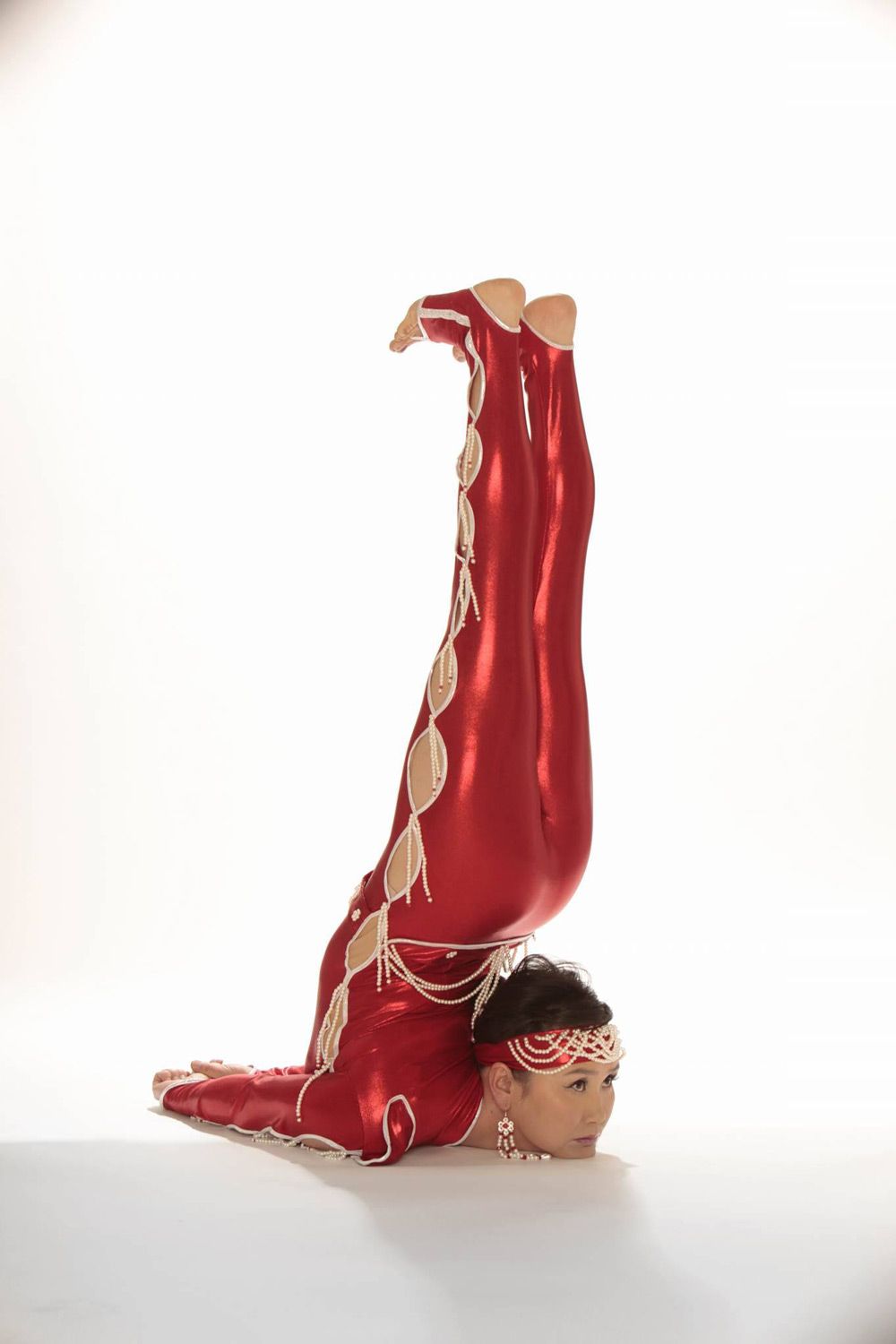
Otgo was featured on the NBC, Discovery Channel, SyFy Network, PAX Network, MTV, “The Tonight Show with Jay Leno,” “Donny and Marie Show,” “ Ripley’s Believe it or Not,” and E Network’s “Talk Soup.” She has also been a featured performer with Cirque du Soliel’s “O” Show, the NBA halftime shows, NHL halftime shows, NCAA halftime shows, and Britney Spears “MTV Video Music Awards.”
Otgo Waller’s choreographic works have been featured at the 2010 Winter Olympics Opening and Closing ceremonies, The International Contortion Convention, and the San Diego Circus.
After performing for many years, Otgo began to teach the art of contortion and flexibility. Otgo created her own training technique to help every individual become more flexible. Otgo has trained people of all ages and levels. Her most notable clients include Olympic athletes, top professional contortionist and circus artists, international high fashion models, competitive body builders, and national level ice skaters.
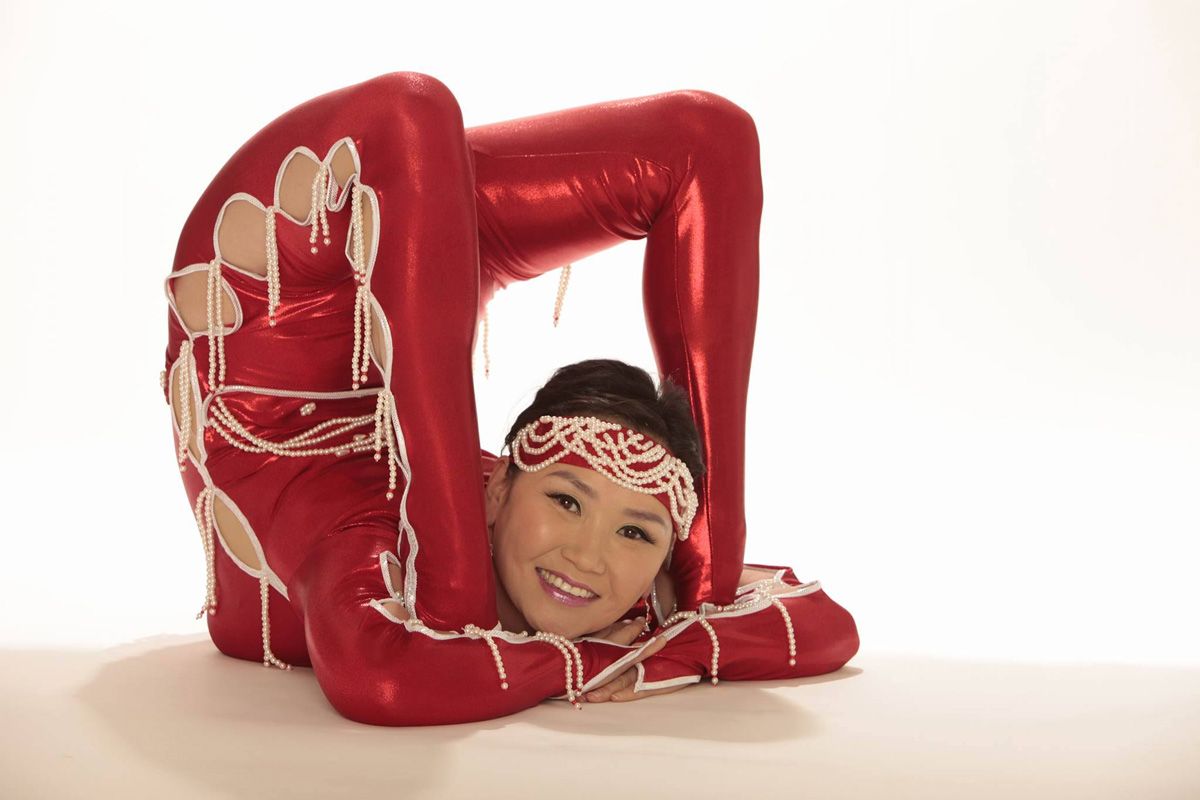
My country is well known for its contortionists. In Mongolia, contortion is a traditional art form that has been passed on for generations. This is why we have the best training programs for contortion. I started to study contortion in Mongolia at eight years old. I’ve spent 30 years performing and perfecting my art. Over the past 10 years I have been teaching people, of all ages, how they can increase their flexibility. I’ve learned it’s necessary to treat each students body individually because their needs are all so different. This is why I have created my own unique program to help every individual become more flexible and reach their potential as a contortionist. We are all unique, different ages, and different pasts. However, if we do the right exercises we can all can learn the art of contortion. It is amazing how the human body can transform.
